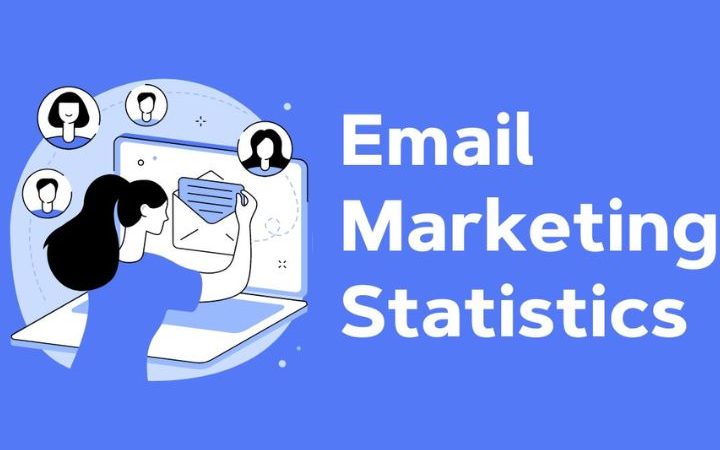Social Media Ad Specs Guide: Get it Right the First Time
Marketers are faced with many challenges, but perhaps the most modern challenge they must deal with now is staying relevant in a constantly moving world.
With social media, advertising has taken a new turn, and brands rely more and more on video ad content. But it’s not enough to merely know what kind of ads to post, brands must also put into consideration the correct visuals and social media ad formats for the platform they are posting on.
Facebook Video Specs
Since Facebook was introduced in 2004, it has gained traction every year and is now one of the leading social platforms where users can share pictures, videos, and updates about their lives. With over 2.9 billion monthly active users, it’s no wonder advertisers love using Facebook advertising, and a majority of the platform’s revenue is generated through advertising.
The problem advertisers face is that Facebook has too many options when it comes to the kind of video one can post. Here are the parameters to stay within.
Landscape videos
- Video dimensions – 1280 x 720
- Minimum width – 1200 pixels
- Aspect ratio – 16:9
- Max file size – 4GB
- Video format – MOV and MP4
- Max frames – 30fbs
- Video length max – 240 minutes
Portrait videos
- Video dimensions – 1280 x 720
- Minimum width – 1200 pixels
- Aspect ratio – 9:16
- Max file size – 4GB
- Video format – MOV and MP4
- Max frames – 30 fbs
- Video length max – 240 minutes
For optimal viewership, brands should upload the highest resolution videos, 1080 x 1080. Every type of Facebook ad is different, and with the growing number of advertisers on Facebook, it gets more and more important that brands get the social media ad formats right.
Instagram Video Specs
After Instagram launched its video function in 2013, the platform recorded instant success, and by 2015, advertising on Instagram was one of the surest ways to see immediate results.
Since Instagram is primarily a picture and video sharing app, advertisers must get their ad campaigns right the first time.
Feed Videos
- Minimum resolution – 1080 x 1080
- Recommended horizontal resolution – 1920
- Landscape aspect ratio – 16:9
- Vertical aspect ratio – 4:5
- Square aspect ratio – 1:1
- Max file size (all formats) – 4GB
- Recommended video formats – MOV and MP4
- Video length – 3 to 60 seconds
Carousel Video Ads
- Minimum resolution – 600 x 600
- Maximum resolution – 1080 x 1080
- Maximum file size – 4GB
- Aspect ratio – 1:1
- Recommended video format – MOV and MP4
- Videos per ad post – 2 to 10 videos
Instagram Reels
Instagram reels are an exciting feature introduced by the social media giants in 2020. Similar to TikTok’s short-length videos and easy sharing, Instagram Reels are the perfect avenue for content creators to share easy and short videos.
- Recommended resolution – 1080 x 1080
- Aspect ratio – 9:16
- Video length – 15 to 30 seconds
- Recommended format – MOV and MP4
- Max file size – 4GB
TikTok Video Specs
TikTok gained popularity right at the time when social media users were looking for a new platform to keep them distracted and entertained. The social media platform immediately became a success among the younger demographic, but some social media professionals are yet to get a hang of how TikTok marketing works and how to best utilize ads.
Fortunately for content creators, TikTok is famous for its short and easy-to-create videos, so it shouldn’t be too much of a hassle creating trendy content. TikTok is all about easily creating, sharing, and viewing videos, so the first thing creators should consider in terms of ad specs is that videos follow the typical mobile phone dimensions.
TikTok Feed Ads
- Resolutions – 540 x 960, 960 x 540, or 640 x 640.
- Aspect ratio – 9:16, 1:1, or 16:9
- Recommended length – 9 – 15 seconds
- Maximum file size – 500MB
- Bitrates minimum – 516 kbps
- Video formats – MOV, MP4, MPEG, AVI, 3GP
TikTok Organic Videos
- Resolutions – 1080 x 1920
- Aspect ratio – 9:16
- Length – 15 to 60 seconds
- Maximum file size – 287.6MB
- Video formats – MP4 or MOV
Twitter Video Specs
Twitter is another of the leading social media platforms, gathering 206 million active users daily with some of the most famous people garnering large followings on the platform. The most followed Twitter accounts include former President Barack Obama, reality star Kim Kardashian, and singers like Justin Bieber and Rihanna.
“The bird app” as it is popularly referred to, is a popular place for brands to advertise their content, especially in the sports and entertainment industries. Twitter makes it easy to share content, but the dimensions for the different in-feed content do change.
- Landscape resolutions – 1280 x 720
- Portrait resolutions – 720 x 1280
- Square resolution – 720 x 720
- Aspect ratio (portrait and landscape – 16:9
- Square aspect ratio – 1:1
- Max file size – 512MB
- Recommended video formats – MP4 and MOV
- Video length – 140 seconds
- Recommended frame rates – 30 or 60 fps
- Maximum character count – 280 characters
YouTube Video Specs
YouTube is known as the second largest search engine and is the go-to network for video content. Marketers can take advantage of the space to share video content and promote their products to the public.
YouTube is constantly evolving as it finds ways to reach everyone regardless of their demographic, and it offers short, promotional videos, to full-length movies. Read more about the specifics of each video format on YouTube.
Standard YouTube Video
- Recommended dimensions – 3840×2160, 2560×1440, 1920×1080, 1280×720, 854×480, 640×360, 426×240.
- Aspect ratio – 16:9
- Maximum file size – 128GB
- Video formats – MP4, MOV, MPEG4, MPEG-PS, AVI, WMV, FLV, WebM, and 3GPP
- Maximum video length – 12 hours
YouTube Shorts
- Recommended dimensions – 2160×3840, 1440×2560, 1080×1920, 720×1280, 480×854, 360×640, 240×426
- Aspect ratio – 9:16
- Maximum video length – 60 seconds
- Video formats – MP4, MOV, MPEG4, MPEG-PS, AVI, WMV, FLV, WebM, and 3GPP
- Maximum title character – 100 characters
- Maximum video length – 15 seconds
The possibilities for social media ad campaigns are limitless, and now is the time for brands to fully integrate video content into their marketing strategies. With these video ad specs, maneuvering around all other details should not be a difficult task.






